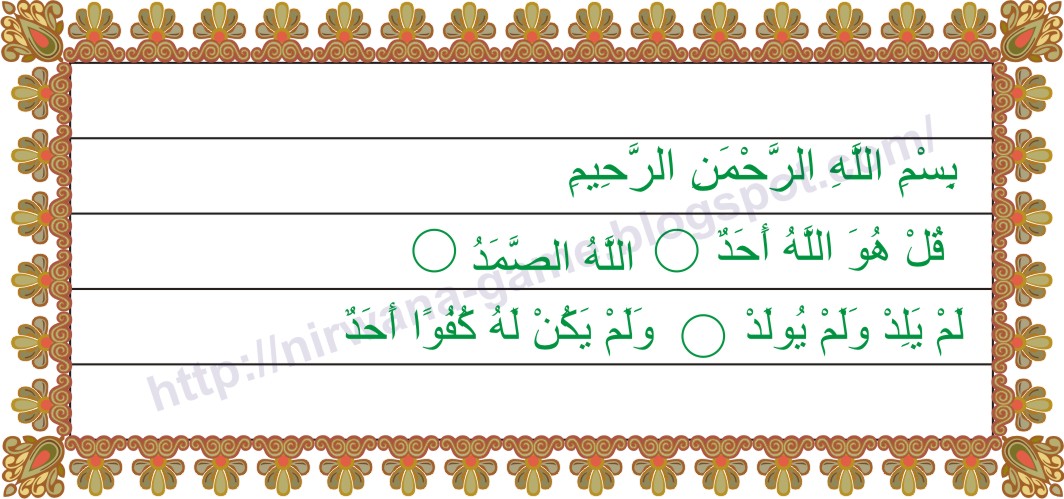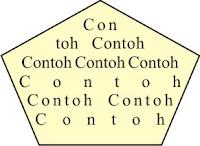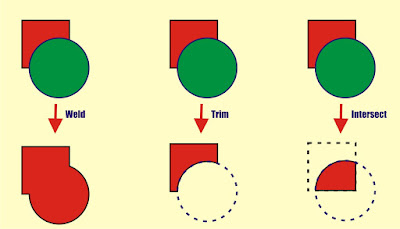I've decided to put "iOS" in the titles of all my blog posts talking about games I play on my iPod Touch, so as to keep these posts clearly separate from my reviews of PC games. Having said that, Triple Town from Spry Fox is a game that runs not only on iOS, but in fact was released first on the Amazon Kindle, then on Facebook and Google+.
Triple Town is a puzzle game. Most puzzle games have some elements of luck, and some elements of strategy / planning. In Triple Town the luck elements are relatively small, and the strategy part is relatively strong. You score in Triple Town thus represents rather well how good you are at this game.
The basic principle is that you have a board of 6x6 squares. Each "turn" you place one new element on this board, thus one turn equals just one click. While what the next new element is you can place depends on luck, there are two major factors which make strategy possible: 1) Most of the time the new element to place is a patch of grass, everything else is less common. And 2) you get one space of intermediate storage, so if you can't use the element randomly provided, you can exchange it with the element you previously stored. Once the board is full, the game is over, and you get the score corresponding to the points for all of the elements you placed. Thus the goal of the game is to place elements in a way that the board does not fill up.
For that you need to build chains of 3 or more elements of the same type. If you do that, they don't disappear like in other "match 3" puzzle games. Instead on the location of the last element you placed, a new, higher value element appears. For example combining three patches of grass gives you one bush, combining three bushes gives you one tree, combining three trees gives you a small house, combining three small houses gives you a mansion, and so on. Thus as long as you can manage to always place elements in a way that they combine, you can place new elements for a long time and continue to increase your score. To make that a bit more difficult, sometimes negative elements appear, like bears. You need to trap bears to form gravestones, then combine 3 gravestones to a church, combine three churches to a cathedral, and so on. Later you also get teleporting ninja bears, which can only be turned into gravestones with a special robot element.
As I said, you can play Triple Town on various social networks. But I seriously advise against doing that. For reasons not known to me, Spry Fox decided to use different business models on different platforms. On every platform you start out with a large number of turns, something over 1,000, enough to play for a while. But once these turns are used up (and remember one turn is just one click, thus just a few seconds worth of game), you can't continue until your moves fill up again. That either happens slowly on its own, but with a cap of 150 turns; or you need to buy turns at a cost of about $1 for 400 turns. Thus to play for free you can only play a few minutes per day, while with buying turns you could quickly rack up crazy cost for a simple puzzle game. The only platform with a reasonable business model is iOS, where you can buy unlimited turns for $3. Thus a game which I would consider unplayable because of its shitty business model on Facebook / Google+ becomes a nice $3 game on the iPhone/iTouch/iPad platform.
Triple Town is also one of the prime example for the blatant cloning that is going on with games on social networks and mobile platforms.
According to Spry Fox they gave another company, 6waves LOLAPPS, access to the beta of Triple Town under an NDA, with the purpose of working with them on releasing the game on iOS. Instead 6waves broke off negotiations and released a game named "Yeti Town" on iOS on the same day. Yeti Town plays on a 6x6 grid where you need to combine 3 elements to build the next bigger elements, and sometimes yetis instead of bears get into your way. Exactly the same gameplay, just changed graphics, exactly the same prices in the item shop, Yeti Town is a pure clone of Triple Town. Spry Fox sued, but the conflict hasn't been resolved yet. That sort of cloning gets more an more common, with
Zynga having cloned Tiny Tower, and Valve going so far as to trademark "DotA" on the release of their "DotA 2", although "DotA 1" was a mod for Blizzard's Warcraft III (although at least in this case the developer of the clone was the same guy who had done the original).
Well, they say that imitation is the sincerest form of flattery, and the fact that Triple Town got cloned tells you that it is quite a good game. Nevertheless I can only recommend it on the iOS, due to the difference in business models between platforms. But for $3 on the iOS it is well worth playing, and if you aren't sure you can first play those 1,000+ turns for free before paying.




































